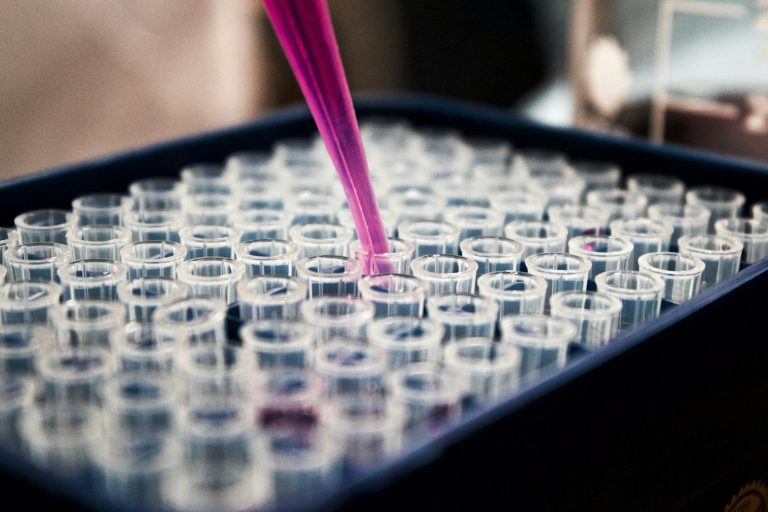In scientific research, the grade of materials used, especially research liquids, is essential to exhibiting accurate and dependable results. Research liquids, which include solvents, reagents, and other chemicals, must satisfy certain purity conditions to ensure that experiments get valid, repeatable results.
For researchers, the review of the quality of these substances before use is a step to avoid contamination, false results, and pricey errors. This article looks at diverse strategies for considering the quality of research liquids and how to prove their reliability.
1. Verify the Supplier’s Reputation and Certification
Before evaluating the quality of research liquids on your own, the first step would be to ensure that your supplier is reliable. The suppliers you choose to buy research liquids from should have a history of producing high-quality products and meet industry standards.
- MSDS Documentation: Ensure that the supplier provides MSDS for every research liquid. The material safety data sheets contain information about the chemical properties, possible impurities, and hazards that will be beneficial in deciding its appropriateness for your research.
You can significantly reduce the need for thorough testing by sourcing from a respected supplier whose products are typically already validated for quality and adherence to relevant standards.
2. Check for Visual Clarity and Color
One simple way to determine the purity of research liquids is by observing them. When you buy research liquids, especially solvents, they should be free of visible particles and discoloration. Any turbidity, cloudiness, or abnormal color might indicate contamination or degradation of the liquid.
- Color Homogeneity: Many research solutions are colorless or have a particular colour. A colour shift can indicate chemical degradation or contamination.
- Clarity: Look for suspended particles or sediments, which could indicate impurities or improper storage. Although visual inspection alone cannot verify purity, it can be an early warning that further testing is required.
3. Verify Storage and Handling Conditions
If research liquids are properly stored or handled, their quality can stay maintained with time. Please verify that the research liquids you buy are stored under conditions that preserve their quality. Examine the guidelines for Lotilabs or the supplier of interest in terms of storage conditions such as temperature, light, and the material of the container used.
- Temperature sensitivity: Some chemicals are very sensitive to temperature. Poor storage might degrade some chemicals due to exposure to heat or freezing temperatures.
- Packaging: The containers should be tightly sealed and have not been opened in transit. Any exposure to air or moisture could lead to contamination.
Compliance with the supplier’s storage and handling instructions will ensure the quality of the liquids until use.
Conclusion
Testing the quality of liquids before use is an important pre-requisite to ensure your experiments and research go well. While visual assessment can provide a preliminary judgment, more advanced techniques like spectroscopy, chromatography, and pH testing are required to test for purity.
When you purchase research liquids, you must choose reliable vendors like Lotilabs, who supply quality products and offer comprehensive documentation, including MSDS and purity guarantees. By following these steps to ensure the quality of your research liquids, you can ensure that your experiments are based on reliable, contaminant-free materials, giving accurate and reproducible results.


0 Comments